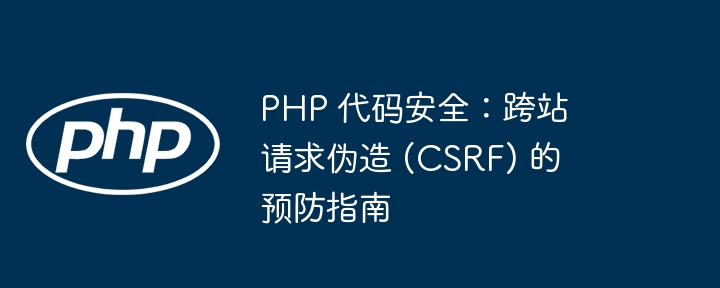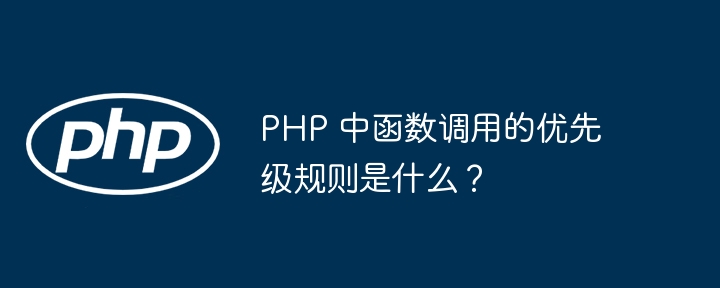如何将PHP与WebSocket结合实现实时通信?
随着互联网的快速发展,实时通信在许多应用中变得越来越重要。WebSocket是一种实现实时通信的协议,它建立了一种基于TCP的持久连接,允许服务器和客户端之间双向通信。
在本文中,我们将讨论如何使用PHP结合WebSocket实现实时通信。首先,我们需要确保已经安装了PHP和支持WebSocket的服务器。
步骤1:服务器端的设置
为了实现WebSocket通信,我们需要在服务器端启用它。这可以通过使用PHP的ratchet库来实现。首先,通过Composer来安装ratchet库:
composer require cboden/ratchet
安装完成后,我们可以创建一个WebSocket服务器文件websocket.php,并在其中添加以下代码:
require 'vendor/autoload.php';
use RatchetMessageComponentInterface;
use RatchetConnectionInterface;
use RatchetServerIoServer;
use RatchetHttpHttpServer;
use RatchetWebSocketWsServer;
class WebSocketServer implements MessageComponentInterface
{
protected $clients;
public function __construct()
{
$this->clients = new SplObjectStorage;
}
public function onOpen(ConnectionInterface $conn)
{
$this->clients->attach($conn);
echo "New connection: {$conn->resourceId}
";
}
public function onClose(ConnectionInterface $conn)
{
$this->clients->detach($conn);
echo "Connection closed: {$conn->resourceId}
";
}
public function onError(ConnectionInterface $conn, Exception $e)
{
echo "An error occurred: {$e->getMessage()}
";
$conn->close();
}
public function onMessage(ConnectionInterface $from, $msg)
{
foreach ($this->clients as $client) {
if ($client !== $from) {
$client->send($msg);
}
}
}
}
$server = IoServer::factory(
new HttpServer(
new WsServer(
new WebSocketServer()
)
),
8080
);
$server->run();以上代码中,我们创建了一个名为WebSocketServer的类,实现了Ratchet的MessageComponentInterface接口。在此类中,我们定义了onOpen、onClose、onError、onMessage等方法,用于处理WebSocket连接的打开、关闭、错误和消息发送。
通过IoServer::factory()方法创建一个WebSocket服务器实例,并指定使用HttpServer、WsServer和WebSocketServer类。最后,我们将服务器运行在8080端口上。
步骤2:客户端的设置
在客户端,我们可以使用JavaScript来与PHP的WebSocket服务器进行通信。下面是一个示例客户端文件index.html:
<!DOCTYPE html>
<html>
<head>
<title>WebSocket Example</title>
<script src="https://code.jquery.com/jquery-3.6.0.min.js"></script>
</head>
<body>
<input type="text" id="messageInput" placeholder="Enter your message">
<button id="sendButton">Send</button>
<ul id="messageList"></ul>
<script>
var conn = new WebSocket('ws://localhost:8080');
conn.onopen = function() {
console.log('Connected to the server');
};
conn.onclose = function() {
console.log('Connection closed');
};
conn.onerror = function(error) {
console.log('Error occurred: ' + error);
};
conn.onmessage = function(msg) {
$('#messageList').append('<li>' + msg.data + '</li>');
};
$('#sendButton').click(function() {
var message = $('#messageInput').val();
conn.send(message);
});
</script>
</body>
</html>以上代码中,我们使用JavaScript的WebSocket对象创建了一个与服务器的连接。在连接打开、关闭、错误和接收到消息时,分别执行相应的回调函数。
在页面中,我们添加了一个文本框和一个按钮用于输入和发送消息。当接收到消息时,将消息添加到一个无序列表中。
步骤3:运行代码
在命令行中进入服务器文件所在目录,并执行以下命令来启动服务器:
php websocket.php
然后,在浏览器中打开index.html文件,我们就可以开始实时通信了。在输入框中输入消息并点击发送按钮,该消息将通过WebSocket发送到服务器,并由服务器转发给所有连接的客户端。
总结
通过使用PHP结合WebSocket,我们可以实现简单而强大的实时通信功能。本文中的示例代码展示了如何设置服务器和客户端来实现基本的实时通信。根据实际需求,我们可以进一步扩展和改进这些代码,并实现更复杂的功能。





